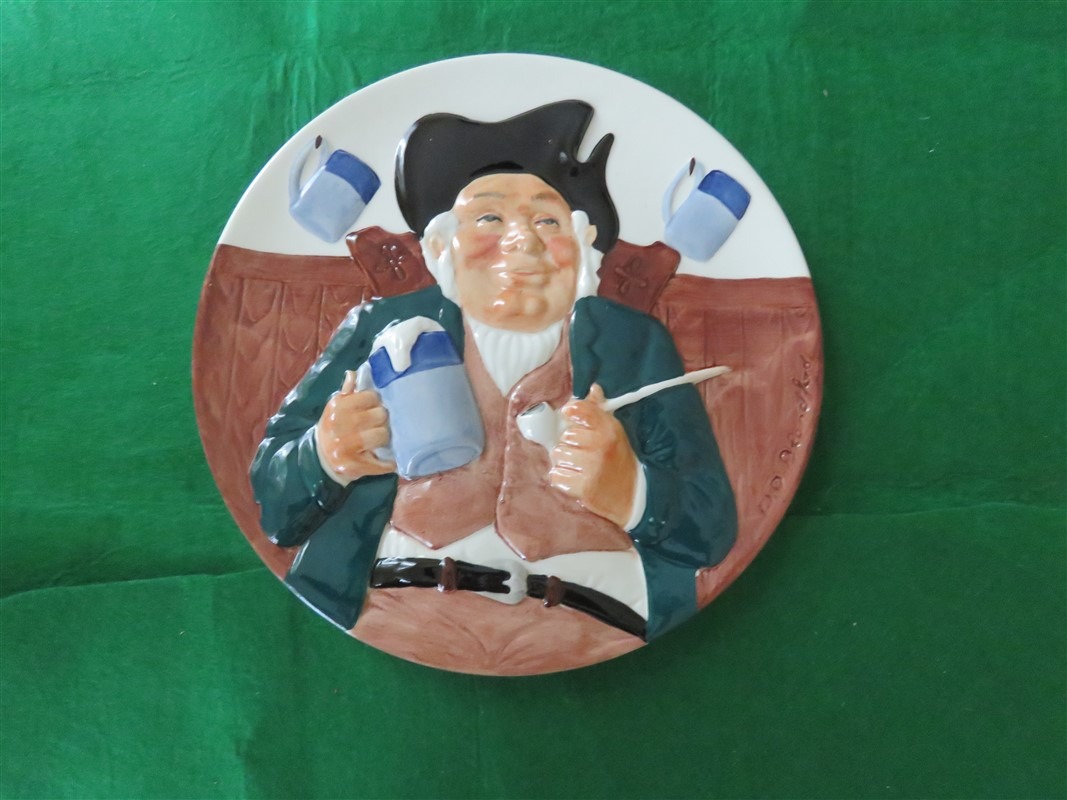Collector plates, also known as decorative plates or commemorative plates, have a long history dating back to ancient civilizations. The concept of using plates as a means of displaying art or commemorating special events can be traced to China and Greece around 2,500 years ago.
In ancient China, decorative plates were made from porcelain and used for both practical and ceremonial purposes. They were often adorned with intricate designs and patterns, depicting scenes from daily life, mythology, or historical events. These plates were highly valued and considered a symbol of wealth and prestige.
Similarly, ancient Greeks also used decorative plates as a form of artistic expression. These plates, commonly made of ceramic, were hand-painted with scenes from daily life, religious rituals, or mythological stories. They were often used during banquets and special occasions.
The tradition of collector plates as we know them today started to gain popularity in the 19th century, particularly in Europe. European porcelain factories, such as those in Meissen, Germany, began producing limited-edition plates with hand-painted designs. These plates featured various themes, including historical events, landscapes, portraits, and religious scenes. They were popularized by wealthy individuals who collected them as a sign of status and taste.
During the 20th century, collector plates continued to evolve. In the 1970s, the Bradford Exchange introduced the concept of limited-edition collector plates in the United States. These plates were often themed on popular culture, such as famous movies, sports teams, or iconic figures. They were mass-produced using various materials like porcelain, glass, or metal and were marketed as collectibles meant to be displayed on walls or in plate racks.
Collector plates gained significant commercial success in the 1980s and 1990s, with millions being sold to collectors worldwide. Companies like Franklin Mint, Royal Doulton, and Danbury Mint became prominent in producing and marketing collector plates. The plates were often adorned with intricate designs, hand-painted artwork, and sometimes even embedded with precious metals or gemstones.
However, the popularity of collector plates declined in the late 1990s due to oversaturation in the market, changing consumer tastes, and increased competition from other collectibles. Today, collector plates are still available, but they are not as widely collected or as prevalent as they once were.
Despite their decline in popularity, collector plates maintain a nostalgic appeal to some individuals. They continue to be cherished by collectors who appreciate the craftsmanship, historical value, and emotional connection these decorative plates represent..


